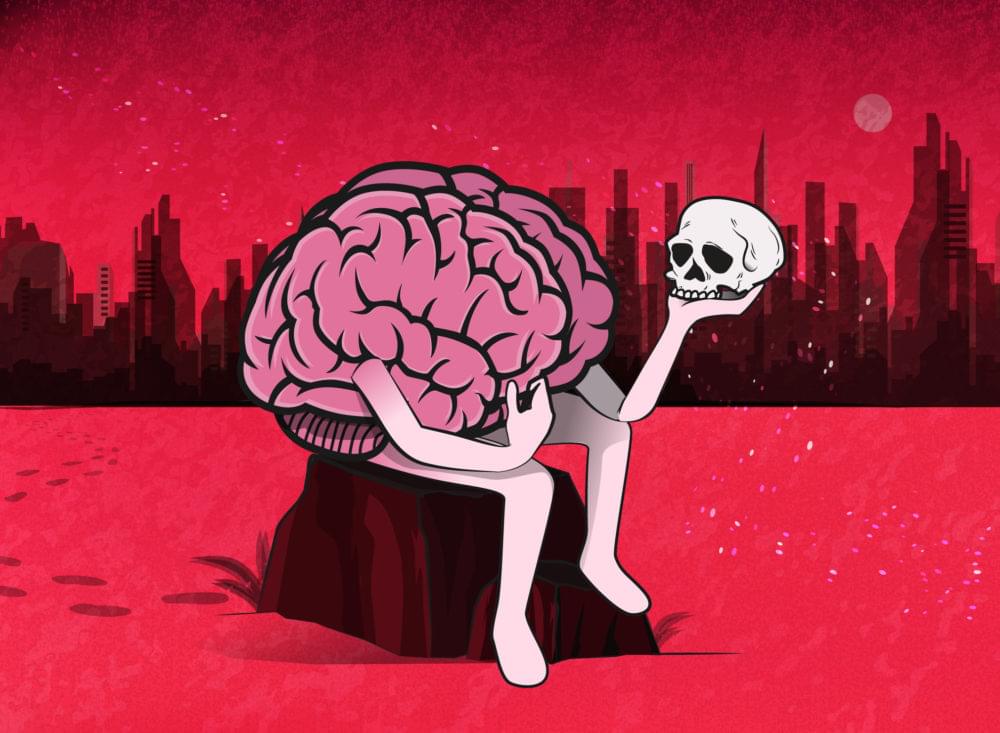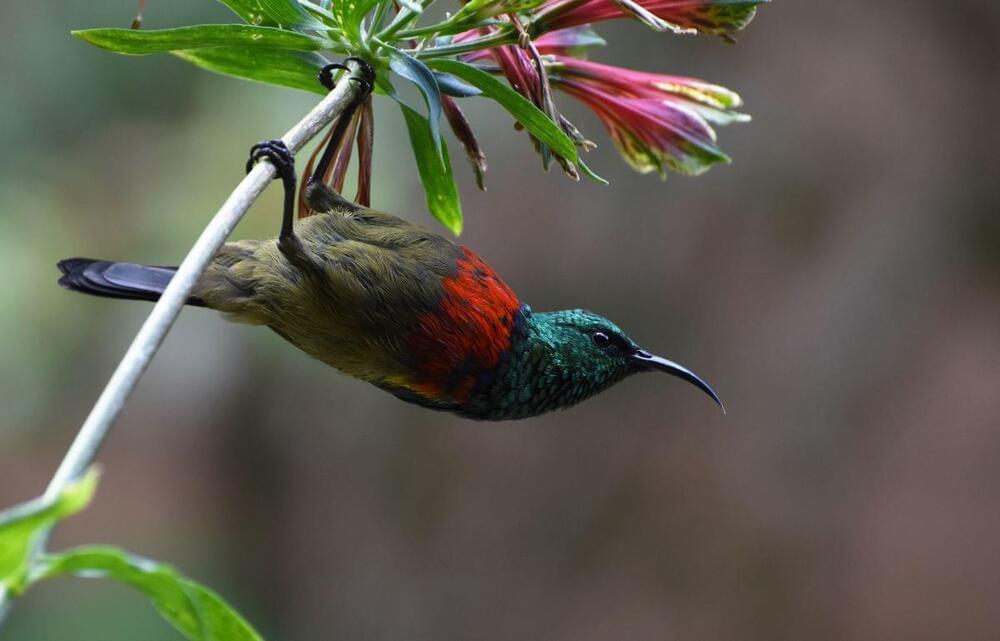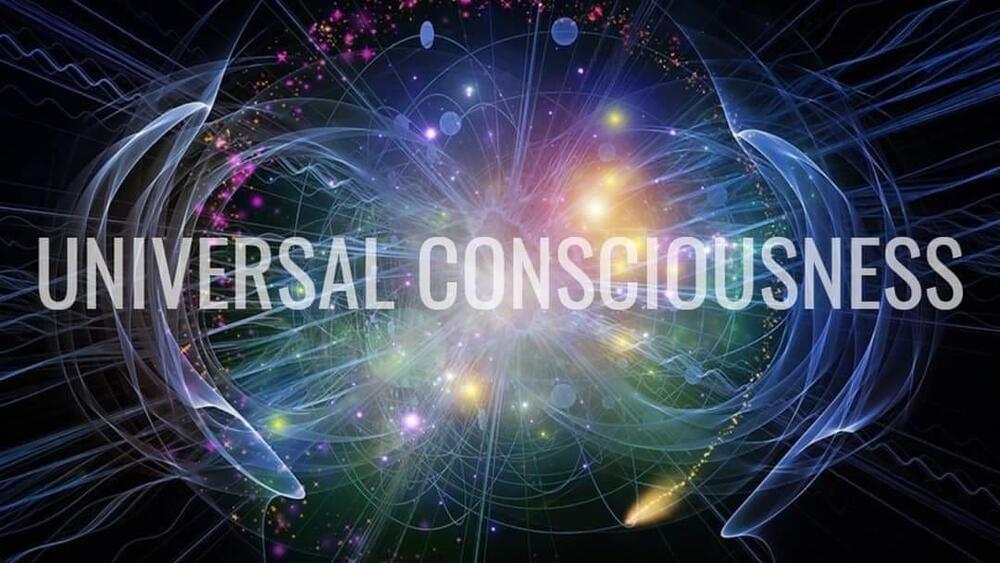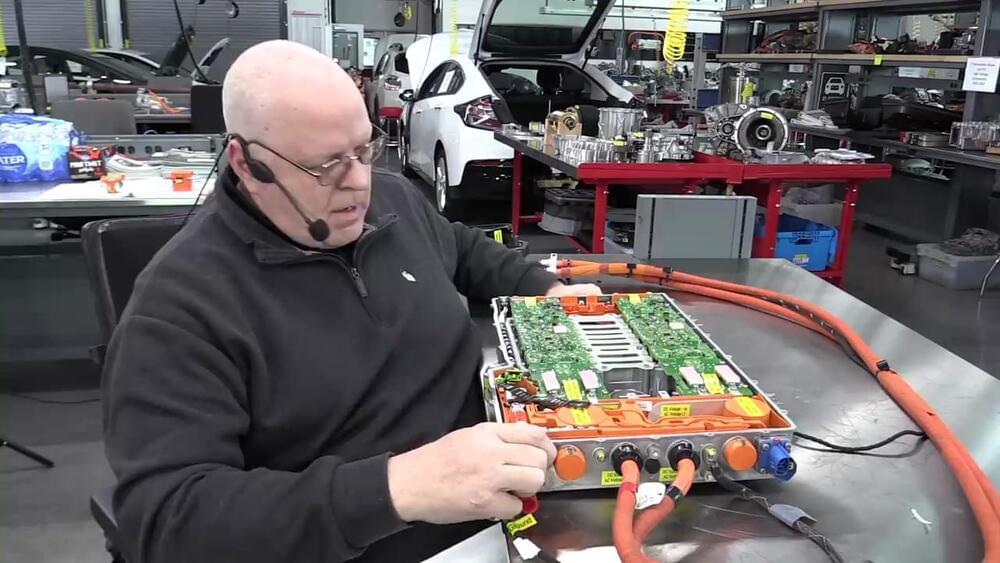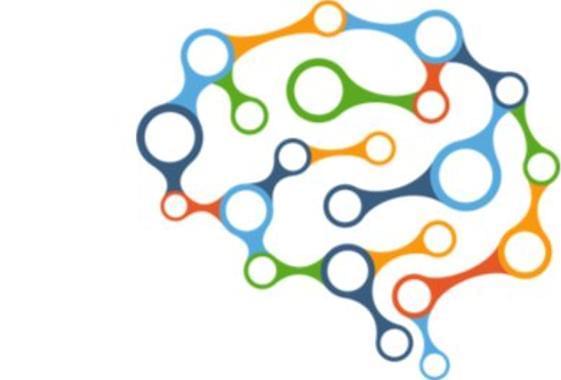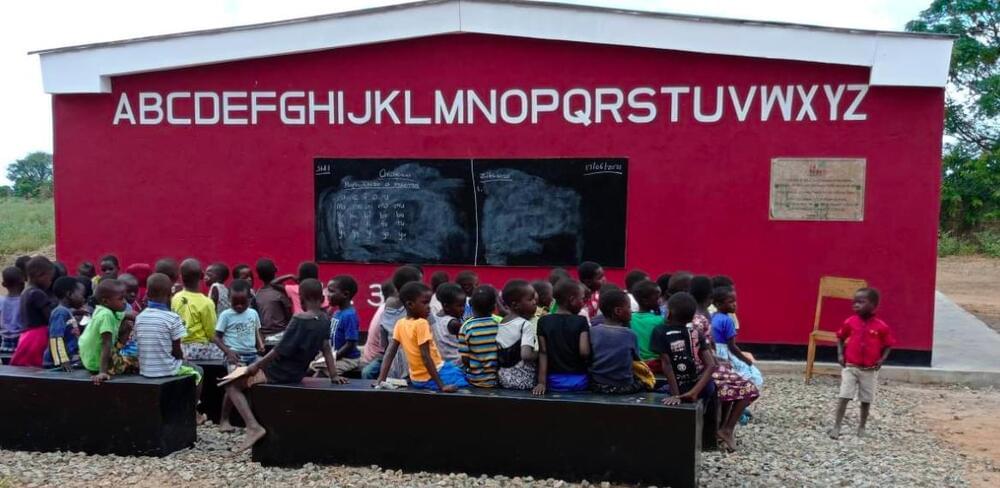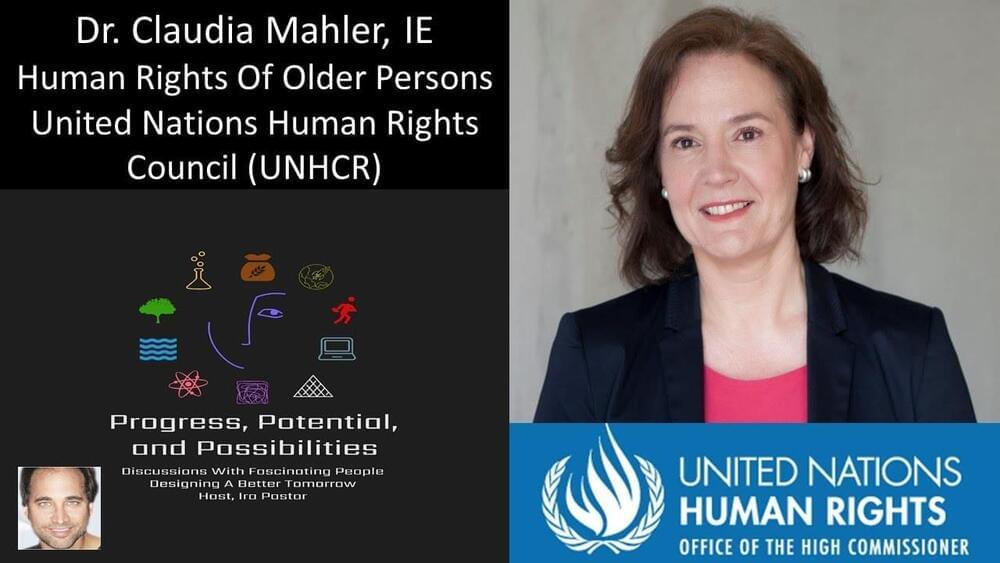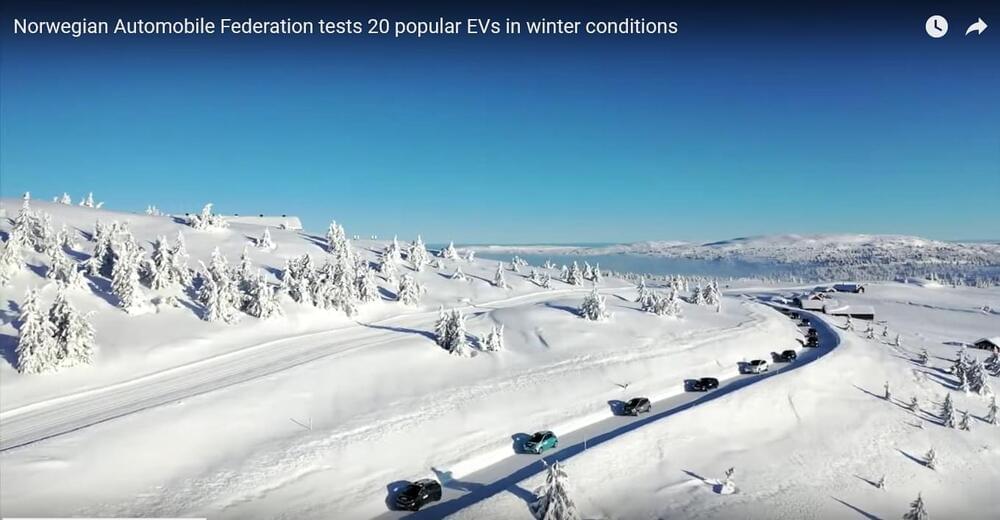Jan 17, 2022
What a terminal cancer diagnosis is teaching this neuroscientist about the human mind
Posted by Genevieve Klien in categories: biotech/medical, education
Neuroscientist David J. Linden is dying.
But the impending end of his life doesn’t mean he’s done learning about the human mind just yet. Linden was recently diagnosed with terminal cancer. In a piece in The Atlantic, he writes: “I may be dying, but I’m still a science nerd.”
During a routine echocardiogram, doctors noticed something sticking up next to Linden’s heart that they thought was a hiatal hernia or a benign growth called a teratoma, he says. After the tumor was removed, a biopsy found it was a form of malignant cancer called synovial sarcoma that had grown into the wall of his heart — making it impossible to remove.
